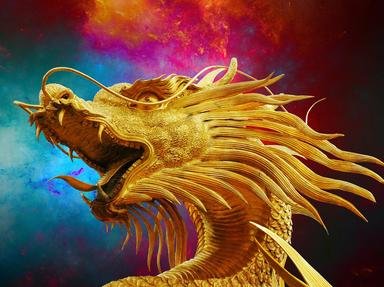Quiz Answer Key and Fun Facts
1. First, we have the legend of Gelert, the Prince's dog. This dog is in fact so renowned as a hero, they named a village after him, Beddgelert. Do you know in which part of the UK Beddgelert is located?
2. Argos was the dog belonging to Odysseus in Greek mythology. For how long, according to "The Odyssey" did Argos have to wait before seeing his master return from the Trojan wars?
3. Anubis was one of the gods in Ancient Egyptian mythology, with the head of a dog. And yes, even though he was a god, he had duties. What was the job of Anubis?
4. In which type of mythology would we find Cerberus, a monstrous three headed dog?
5. In French legend, Aubry of Montdidier owned a dog named Dragon. One day, Aubry was found murdered in a forest, and from that day on, whenever Dragon saw another certain nobleman, he went beserk. Do you know what the name of this other nobleman was?
6. Bobby, or the dog more widely known as Greyfriar's Bobby, is something of an icon (for those in the know!) in Edinburgh. What breed of dog was Bobby?
7. In astronomy, what is the name of the star, which is commonly called the "dog-star?"
8. What is the name of the dog (some say he was a wolf) who, in Norse mythology, guarded the gates to Hel (their Underworld?)
9. Jock of the Bushveld is one of the best loved South African stories, and really did exist. Which, according to the book, "Jock of the Bushveld," did NOT happen to Jock?
10. At last, we reach the story of a dog, who is a special kind of "legend," as he really did exist, and I feel that he deserves a special mention in this quiz. None other than the sled dog, Balto! In what year did Balto and the rest of his team embark, and return, on their incredible, and life-saving adventure?
Source: Author
thegogga
This quiz was reviewed by FunTrivia editor
Bruyere before going online.
Any errors found in FunTrivia content are routinely corrected through our feedback system.

